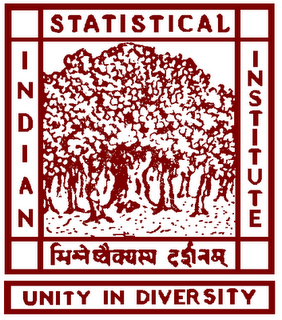

Abstract
Forecasting Stock Market Volatility and Information Content of Implied Volatility Index by Pratap Chandra Pati This study attempts to examine whether implied volatility index has additional incremental predictive power over and above the baseline GARCH family models in forecasting volatility for the stock markets of India, Hong Kong, and Australia. The data set consists of daily closing values of stock market indices and their respective volatility indices: India Volatility Index and NIFTY-50 index, Hong Kong Volatility Index and Hang Seng Index, and Australia Volatility Index and S&P/ASX 200 index over a common sample period: January 2, 2008-July 29, 2016. To capture the stylized facts of fat tails distribution, volatility clustering, and leverage effect, we employ GARCH family models with generalized error distribution. To examine the in-sample incremental information content of volatility index, volatility index is added as an exogenous variable in the conditional variance equation of the GARCH family models. We carry out one-day-ahead volatility forecasting exercise using a non-overlapping rolling window scheme. To compare the out-of-sample forecasting performance of volatility index with the base GARCH genre models, Mincer-Zarnowitz regression and encompassing test are conducted. For evaluation, we use return-based realised volatility and range-based realised volatility based on 5-min interval data as a proxy measures for true ex-post volatility. From the in-sample estimation, we find that the inclusion of the volatility index in the GARCH and EGARCH models significantly improves the model's fit i.e. higher log likelihood, lower AIC values and reduction in the volatility persistence. Hence it indicates that volatility index contains important information beyond GARCH genre models; and this is highest in the case of Hong Kong followed by Australia and India. The out-of-sample 1-day ahead volatility forecasts assessed by the Mincer-Zarnowitz regression and encompassing exercise reveals that asymmetric EGARCH model provides better forecasts compared to symmetric GARCH models across the three markets. Implied volatility indices are not encompassed by the GARCH-type forecasts. The inclusion of volatility index provides a small but significant additional degree of forecast power and information not contained in the GARCH forecasts. We obtain a higher coefficient of determination when range-based realised volatility is used instead of return-based realised volatility as a proxy measure of true volatility. Overall we find that volatility index of Australia and Hong Kong stock market have more incremental information relative to India volatility index in forecasting stock market volatility.Keywords: information content; volatility forecasting; EGARCH; implied volatility index; intraday realized volatility